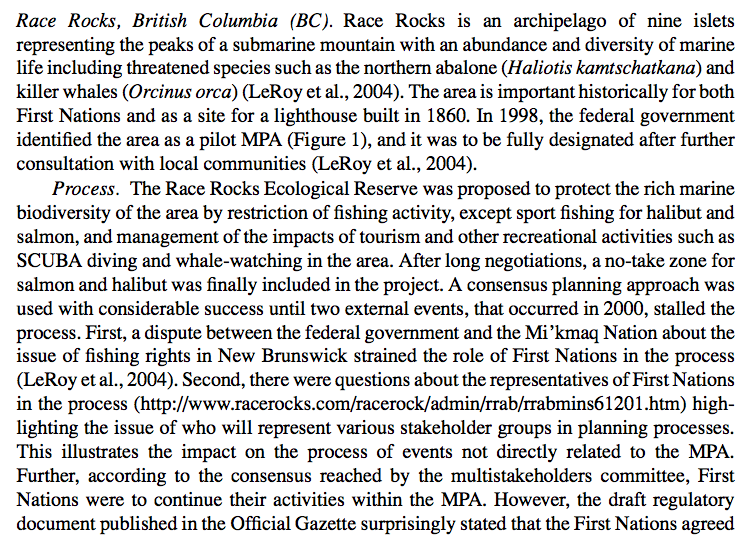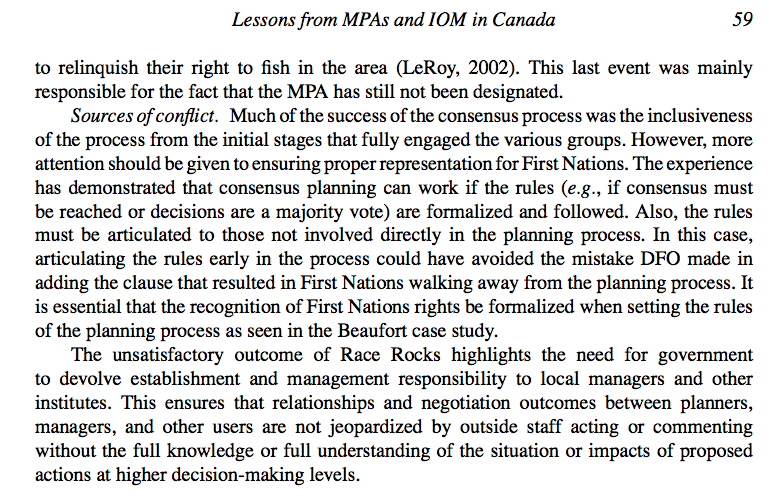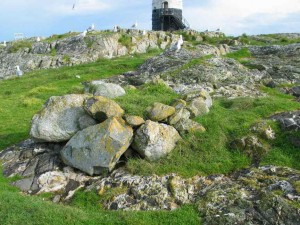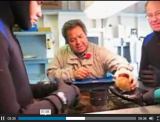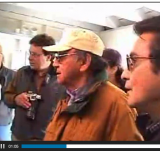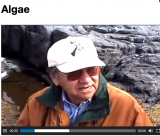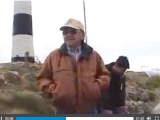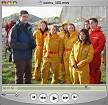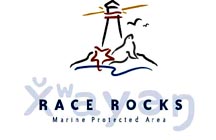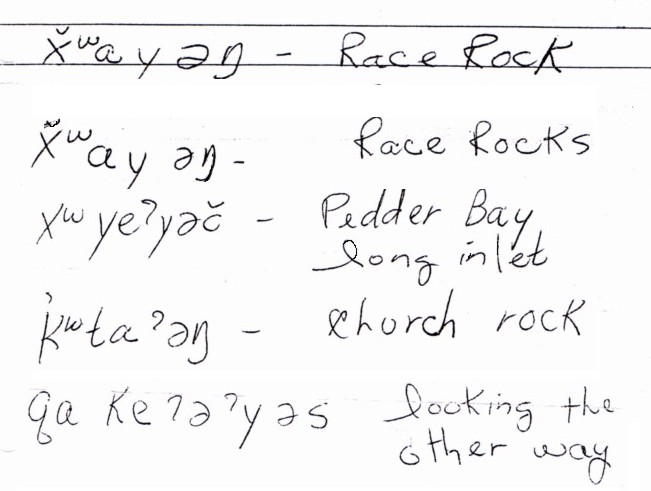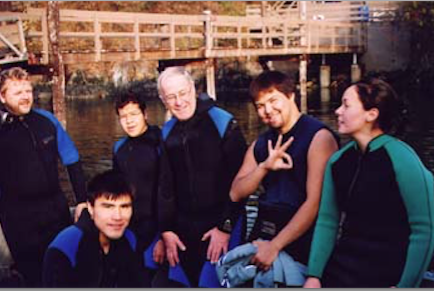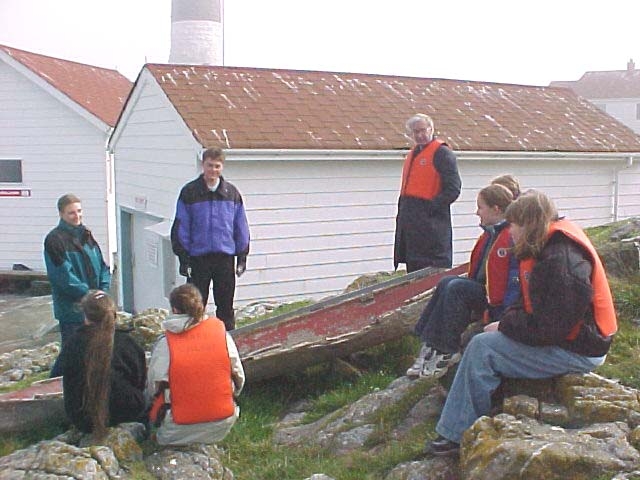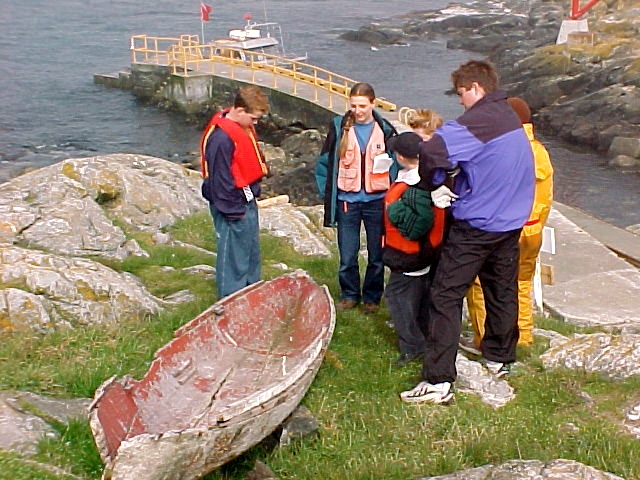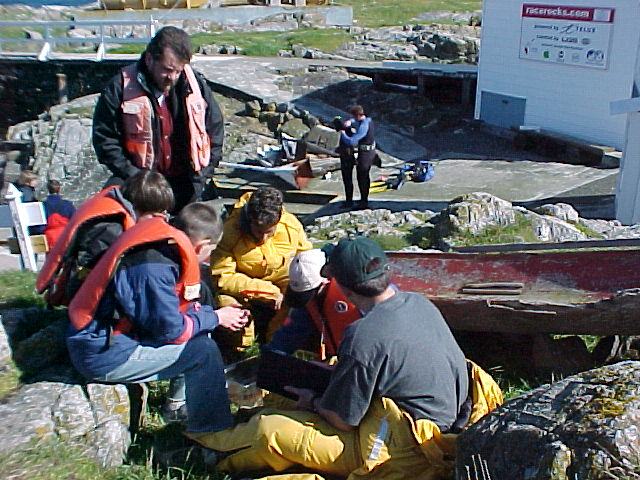Eight Years Later: It is with irony that I write this update, 8 years to the day since Angus Matthews wrote an update in 2002
In 2001 we were still optimistic that a full fledged MPA for Race Rocks would be forthcoming. In the interim, most of the members of the Race Rocks Advisory Board have moved on. As for the representatives of Lester Pearson College, Angus Matthews is now Executive Director of the New Marine Centre in Sidney, and Garry Fletcher has retired from teaching at Pearson College, but remains as Educational director of the racerocks.com website and assists with advice in the administration of the reserve. Chris Blondeau, the Director of Operations of Lester Pearson College is now in charge of administering Race Rocks for the College.
In the interim, Lester Pearson College has continued to raise funds to provide an Eco-guardian at Race Rocks since the de staffing of the Lightstation in 1997. Mike and Carol Slater retired in 2008. and Ryan Murphy, a former student of Lester Pearson College and now a graduate student from Memorial University is now hired as our resident Eco- Guardian. Over $1,000,000 has been raised by Lester Pearson College dedicated to the protection of the reserve since 1997. BC Parks has been helpful in providing for infrastructure upkeep on the island . DFO has not contributed anything to the operation of the reserve.
The rejection by the First Nations of the Gazetted version of the Advisory Board proposal of 2001 led to a cessation of the advisory process . A significant change in the text of the original proposal of the Advisory Group when it was submitted to DFO made the proposal unacceptable to First Nations as well as to many others of the Advisory board.
Sean LeRoy et al, have analyzed the process and have documented it in the Publication : Public Process and the Creation of the Race Rocks Marine Protected Area
From page 8:
” On October 28, 2000, the draft regulations for the XwaYeN (Race Rocks) Marine Protected Area appeared in the Canada Gazette, Part I (O’Sullivan 2000). The proposed regulatory text established the no-take zone within the boundaries of the Ecological Reserve. The accompanying Regulatory Impact Analysis Statement (RIAS) incorporated most of the other consensus recommendations of the RRAB, but also stated: “…although the creation of the MPA does not restrict harvesting by First Nations for food, social or ceremonial purposes, they volunteered to forego this activity in support of the designation of the MPA”
This provision was a surprise to the CSSC, other members of the RRAB, and many at DFO. In November 2000, the Chiefs of several Douglas Treaty First Nations wrote a letter of objection to the Minister of Fisheries and Oceans, citing the Delgamuukw vs. British Columbia (1997) decision, infringement of treaty rights, and lack of consultation (RRAB 2001). It is not clear whether this objection was a direct result of the Gazette publication, or whether it derived from earlier events such as Miramichi Bay or the ‘designation’ ceremony. Regardless, the regulatory process was halted immediately. Caught in the crossfire, the CSSC lost any currency it had as an intermediary between the Douglas Treaty First Nations and DFO, and has not been involved in the deliberations ever since.
In December 2000, DFO met individually with each Chief of the Douglas Treaty First Nations, acknowledging that proper consultation had not taken place (RRAB 2001). By June 2001, the Chiefs had written a letter of support for the MPA, on the condition that there was true co-operation and acknowledgement of Douglas Treaty rights. Negotiations to allow the final designation of the MPA are currently ongoing (April 2003). “
During the interim since 2001, DFO has pursued negotiations with the local First Nations Treaty Group. In April of 2009, DFO representatives have expressed interest in resolving the issues this year.
So now from my viewpoint in 2009, the perspectives on the MPA process have changed somewhat. We are currently committed to maintaining the ecological sustainability of the provincially designated Ecological Reserve. The Ecological Reserve has now been in operation for 29 years. The community has accepted the importance of the area and has recognized the value of conservation. It would be of great assistance to Lester Pearson College if the area was to become financially sustainable with support from governments. I am not so sure however if the designation of MPA status remains of any value.
On the DFO webpage http://www.pac.dfo-mpo.gc.ca/oceans/mpa/fntreaty_e.htm the following is a statement on
Respecting First Nations and Treaty Process :
“Canada and B.C. consider First Nations support and participation in the MPA Strategy as important and necessary. Both governments will ensure and respect the continued use of MPAs by First Nations for food, social and ceremonial purposes and other traditional practices subject to conservation requirements. Therefore, MPAs will not automatically preclude access or activities critical to the livelihood or culture of First Nations. The establishment of any MPA will not preclude options for settlement of treaties, and will address opportunities for First Nations to benefit from MPAs.”
Given the above statement it is hard to imagine why 9 years has passed without this being resolved and why no support in the interim has been forthcoming from DFO for the Ecological Reserve. It would appear that it is successful as it is now so one might wonder why adding another layer of bureaucracy is necessary.
The above statement represents the personal opinion of Garry Fletcher.

